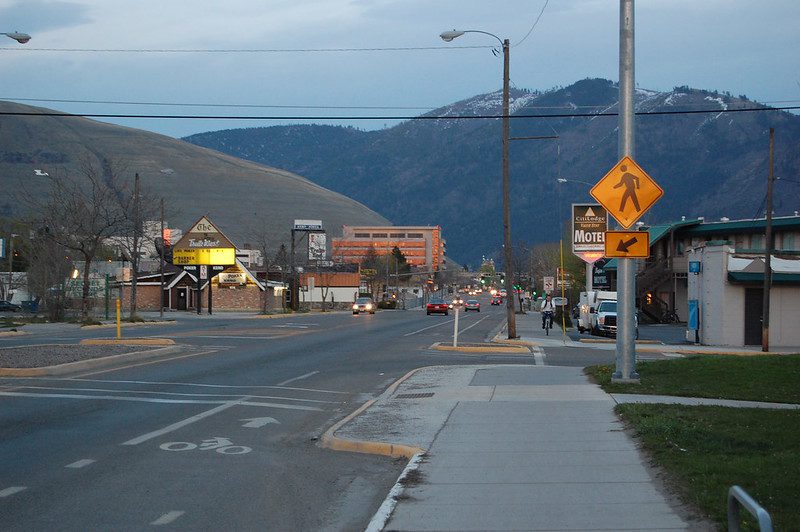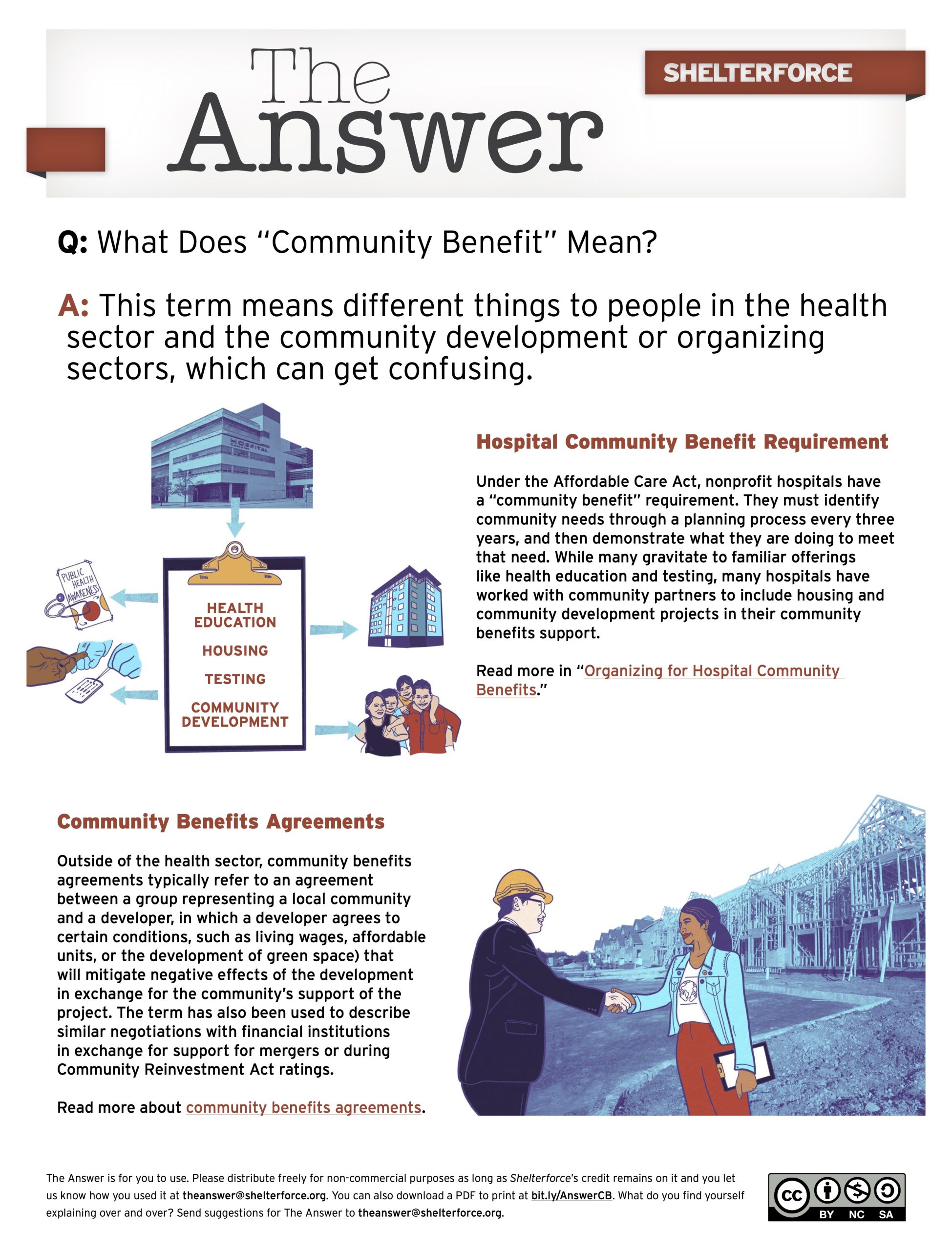
A distant panoramic view of the city of Missoula, Montana. Photo by Flickr user Evan Lovely, CC BY-SA 2.0
It’s been several years since sidewalks were built in two low-income neighborhoods in Missoula, Montana—an effort to address health equity, decrease obesity rates, and improve mental health outcomes within these communities. Shelterforce published a story about the efforts in 2018.
So what happened after the sidewalks were built? Has Missoula continued to address health inequities within the city beyond the project?
We followed up with Missoula and learned that one year after the sidewalk project was completed, the Missoula City-County Health Department took on health equity permanently by creating a new government position—coordinator for health equity. The position was supported by a $75,000 grant from Reinvestment Fund.
Addressing health equity—where everyone has a fair opportunity to attain their highest level of health—is imperative to improving the lives of residents. Achieving this ideal state begins with a comprehensive look at the factors that contribute to health disparities, including racism and poverty.
Because health equity is a complicated issue, Missoula’s health equity coordinator has multiple responsibilities.
“For example, at the health department, do we have an equitable way to hire people? Do we have intake forms that are equitable in practice? You know, are people able to find us easily? Are we culturally sensitive to our community members?” says Lisa Beczkiewicz, health promotion supervisor at the Missoula City-County Health Department. “Those are the kind of things that our coordinator for health equity [is] looking at. And are there any subpopulations that we need to be reaching out more to or taking our mobile clinic to, for example.”
Originally, the job included two responsibilities throughout the work week: half of the coordinator’s time was spent working within the health department, while the other half was spent engaging in broad-based community organizing through Common Good Missoula, an organization of which the city-county health department is a member.
Sarah Garber has been Missoula’s coordinator for health equity since 2021. As a community organizer, Garber’s responsibilities included holding meetings with community members, conducting free leadership trainings, and collaborating with Franklin to the Fort Neighbors in Action, a local organization.
But the job has since changed course.
“What we found is that this one position could not do both of those things. That they were really two separate full-time positions,” says Beczkiewicz. Now, Garber works solely in the health department, where she plans to collaborate with staff to ensure that the team deliberately practices health equity in their work. Planned initiatives for the department include introducing justice, equity, diversity, and inclusion training, and focusing efforts on climate equity and resilience. Missoula County faces a number of challenges connected to climate change. In the future, extreme weather and natural disasters are expected to increase, including flooding, wildfires, and drought.
Garber says the Partnership Health Center, a nonprofit that provides health care to residents of the Missoula area, has hired a community organizer who will share their time between the center and the city-county health department.
And though the initial sidewalk initiative has come to a close, Missoula’s efforts to improve city spaces haven’t.
“The sidewalk project really showed that community input was super important, as we look to improve health and well-being in the city, but also improve our policies,” Garber says.
This summer, Common Good Missoula kicked off its Gardenwalk Neighborways plan, a program to make Missoula streets safer to walk, bike, or navigate with a wheelchair. The plan uses curb paint, planters, and lights as a barrier to traffic, setting aside space to walk or roll safely. And the program prioritizes areas with the greatest need: those without sidewalks.






Comments